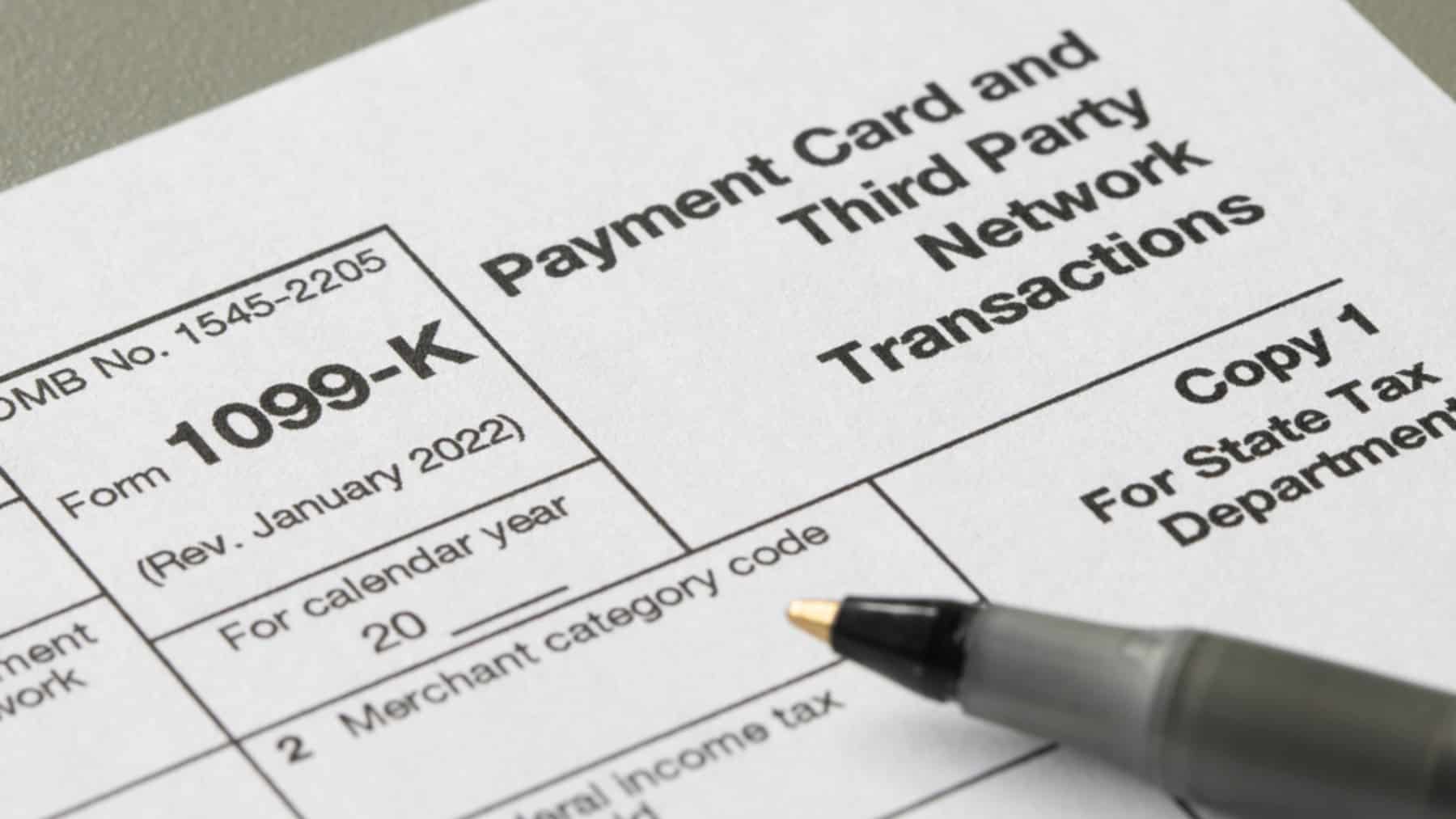NASA has warned of an event that may affect the Earth’s magnetic field. It is a solar flare caused by a solar flare. The cause has been a magnetic storm in a region located in front of our planet. It has been ruled out that it could affect the orbiting satellites, but it is believed that it could affect the electrical infrastructure of the planet. Attention is focused mainly on radio frequency and GPS signals. Emergency systems, whose signals are emitted by radio frequency, have also been alerted. Although no major damage is expected, NASA is monitoring from the Solar Dynamics Observatory and the Deep Space Climate Observatory.
Solar flare
NASA has warned about a solar flare that has triggered a flare that could affect planet Earth. Last June 17, experts detected the flare coming from the surface of the Sun. It is important to clarify that it will not affect satellites, as it is not strong enough. However, bursts of energy are expected that could interfere with the planet. We are talking mainly about the high frequency radio signal and electrical systems. The effect would not be permanent, far from it, but it could be noticeable and affect human beings.
According to NASA, it is an X1 event (one of the most powerful), which arises from an electromagnetic storm in a region located just in front of our planet. It also clarifies that neither spacecraft nor astronauts on space missions will be affected. The agency stated “The Sun has unleashed a powerful solar flare… it may briefly disrupt radio communications”.
The timing of this event is noteworthy, as it is the active phase of its 11-year solar cycle. This cycle causes more solar flares and storms, generating more flares and plasma clouds that could engulf the Earth. But this is not the case.
Will it affect the day-to-day?
The answer is yes. The focus is on radio frequency, so it would affect radio amateurs, especially. In addition, there are airlines that rely on this service to communicate on their polar routes. It would also affect GPS systems. Similarly, emergency systems that rely on this type of infrastructure will also have to be on standby in case they are affected.
Fortunately, the power grid will not be affected at any time. For this to happen, there would have to be an event that is not even known about yet; that a flare would cause a coronal mass ejection. It would not be the first time that space weather events have caused damage to transformers, so the authorities are also on the alert.
What to do?
No catastrophic consequences are expected, but it never hurts to be proactive. Amateur radio operators will be able to change frequencies to continue their activity, and pilots and air traffic controllers will have to communicate frequently with aviation authorities. Hikers and those who rely on autonomous systems such as GPS will have to revert to physical maps or look for other onboard systems.
NASA has emphasized that in no case will we notice the effect of the solar flare, beyond what has been previously explained. This occurs because it is not strong enough to alter any other network on the planet. However, he believes it is of interest to monitor the situation. NASA will not miss any details through its Solar Dynamics Observatory (SDO) and Deep Space Climate Observatory (DSCOVR) spacecraft. What about you? Do you do any activity that could be interfered by the solar flare approaching the Earth, or would you not have heard about this event if it had not been for this news?





